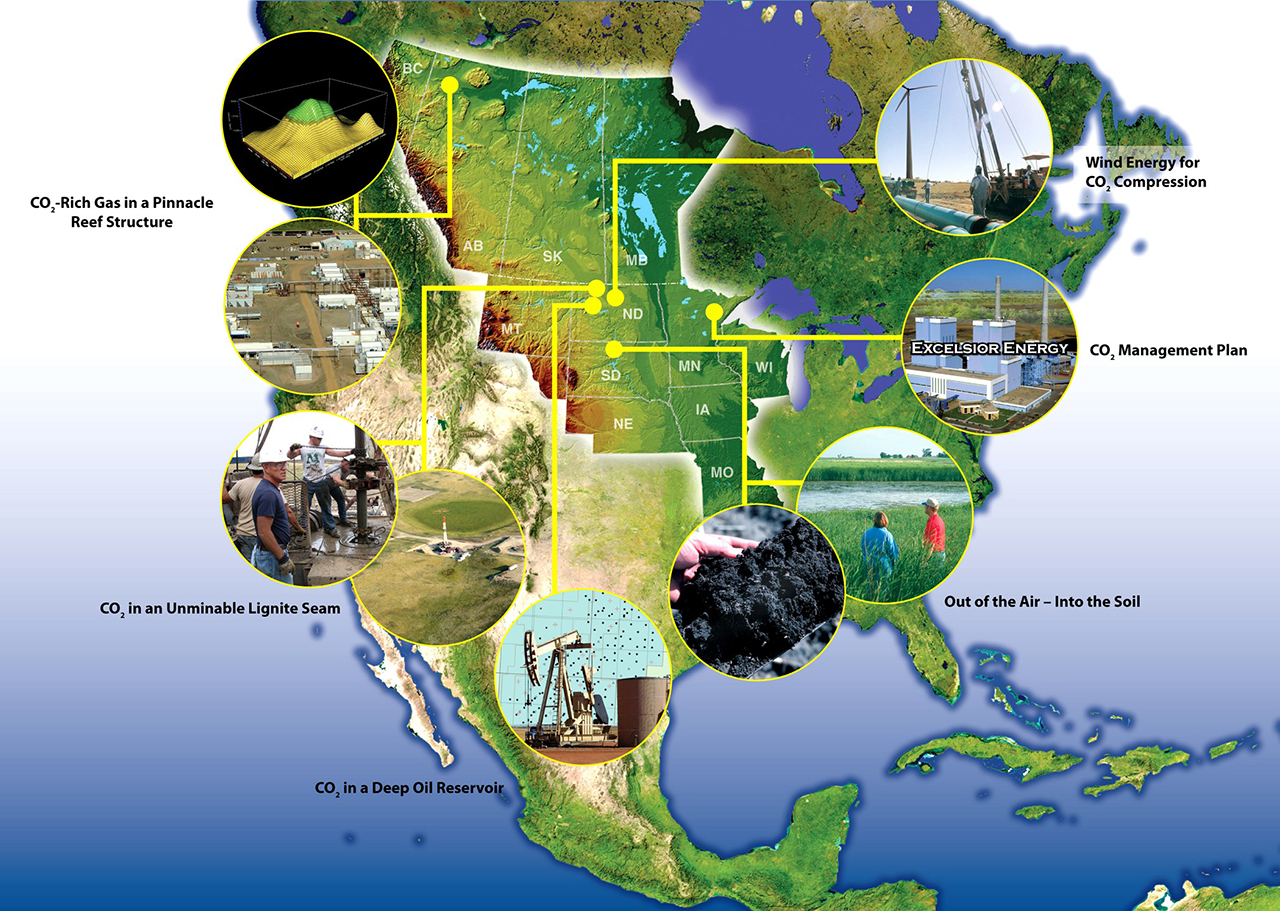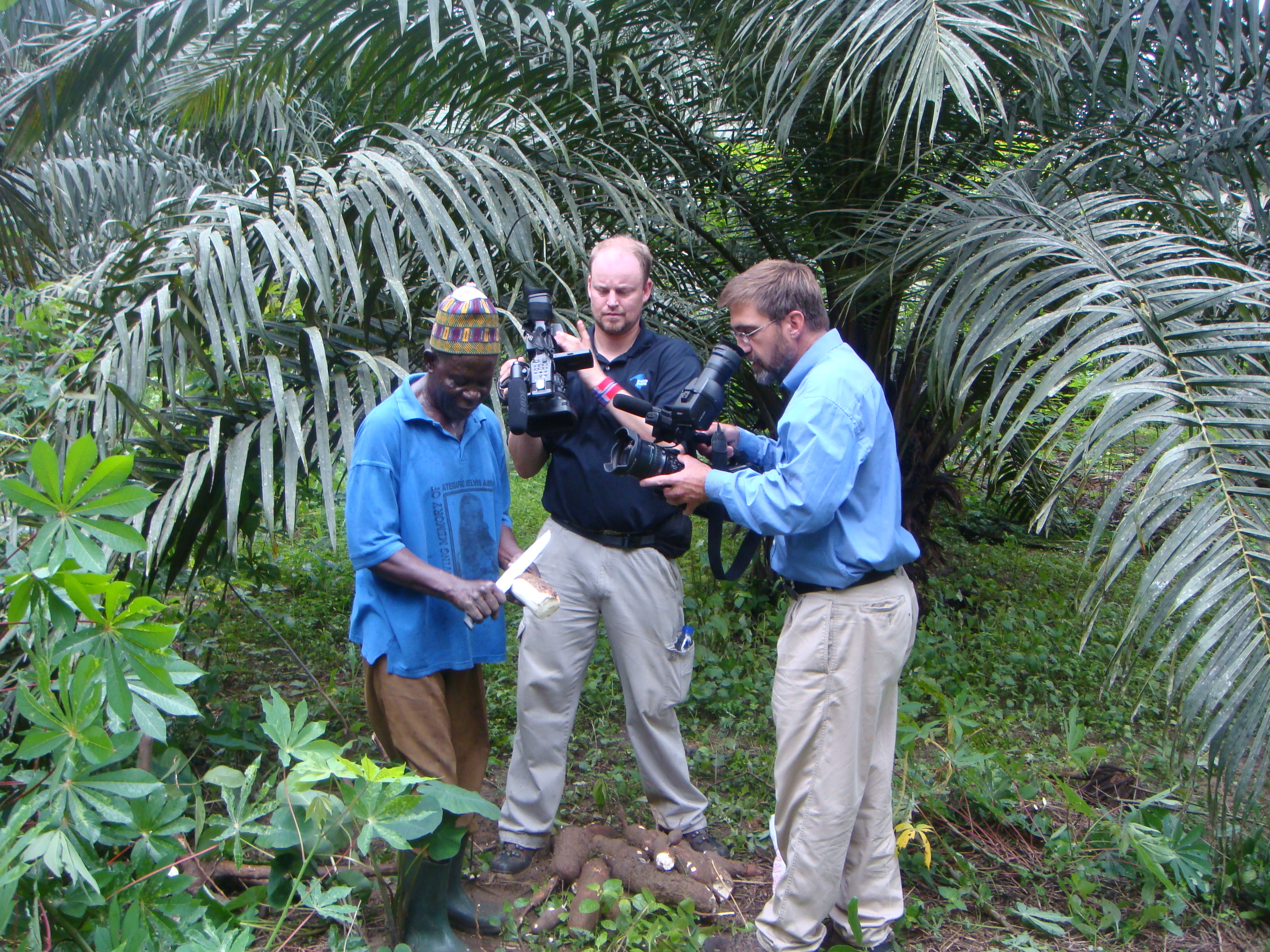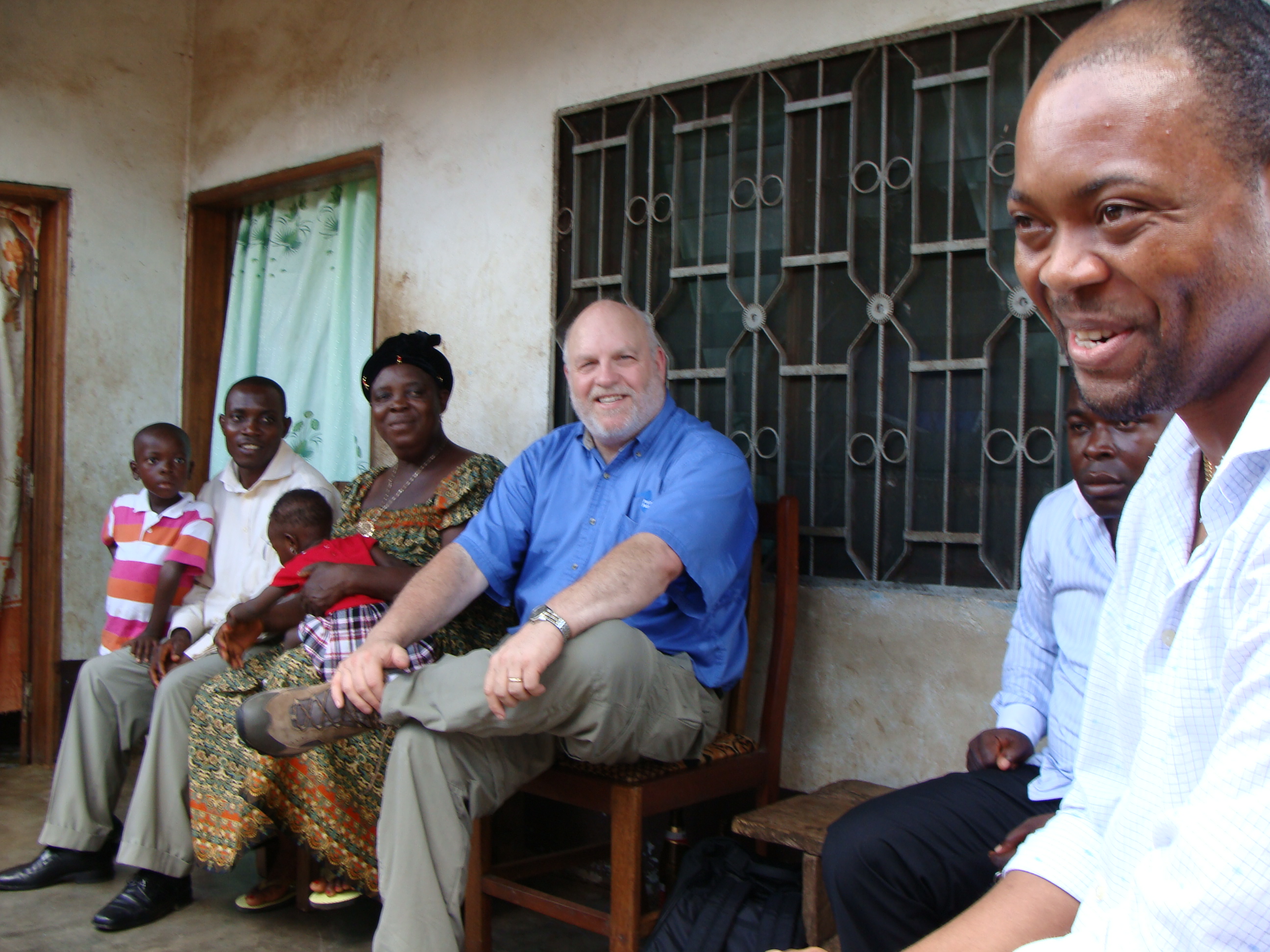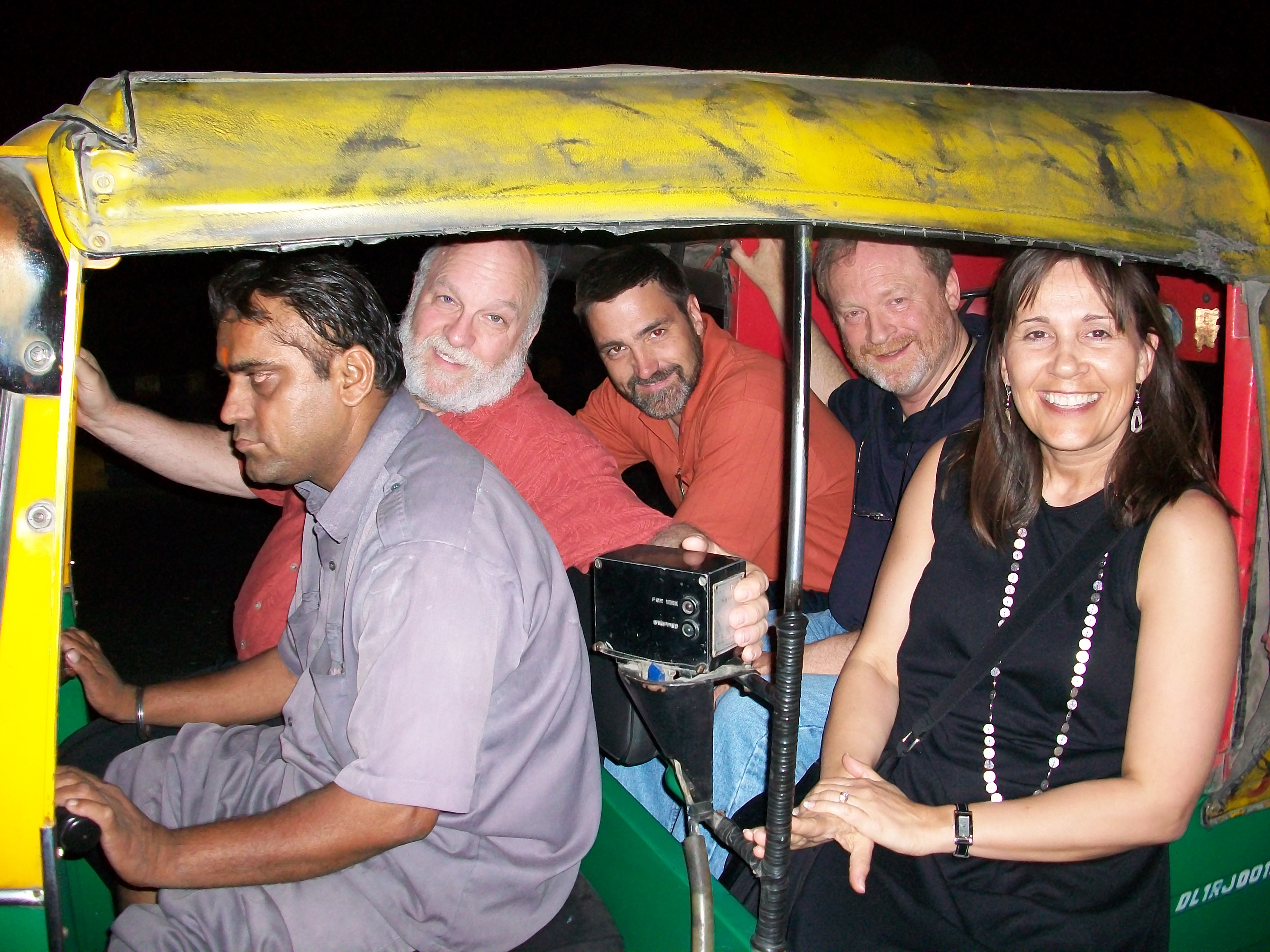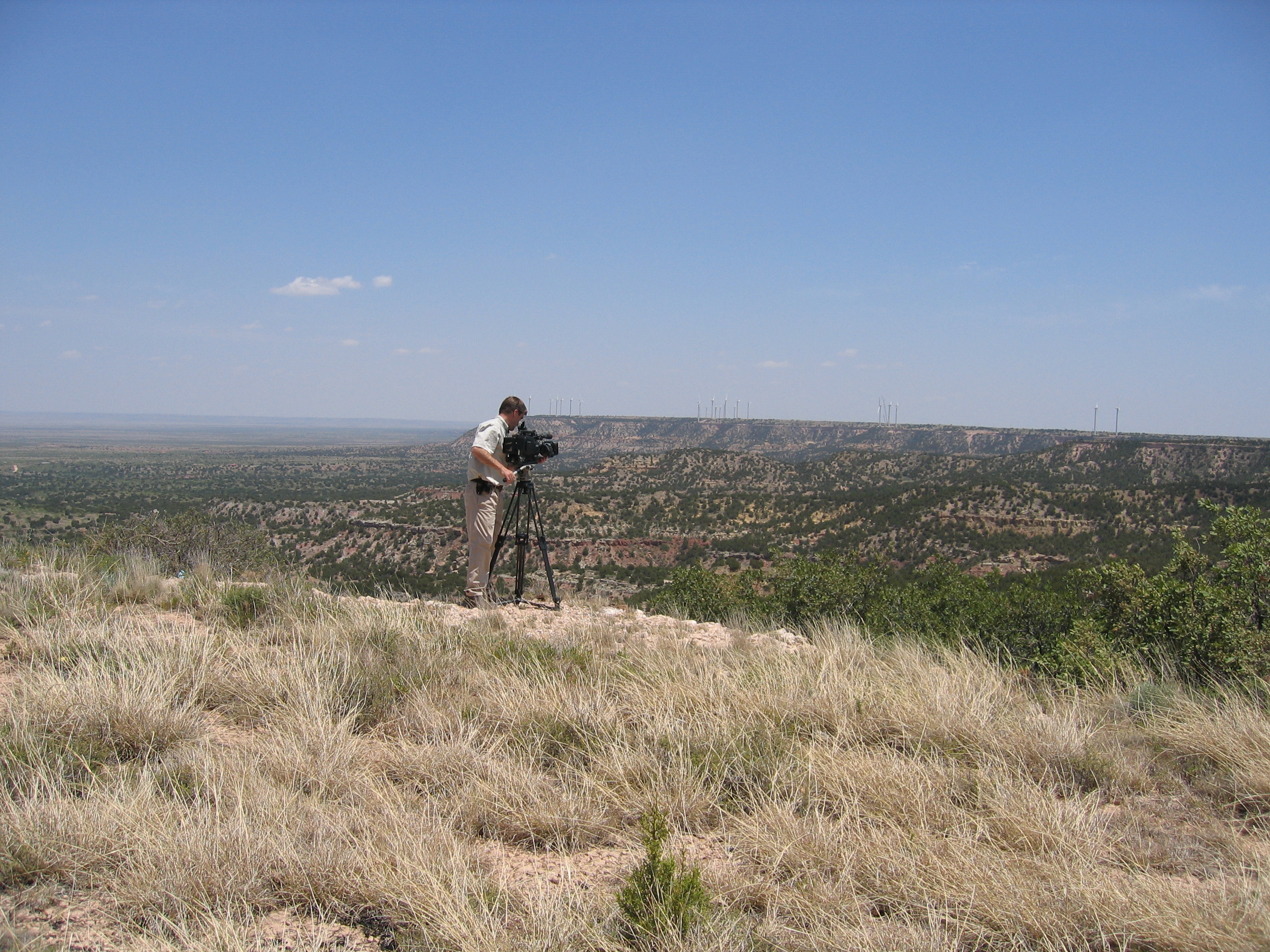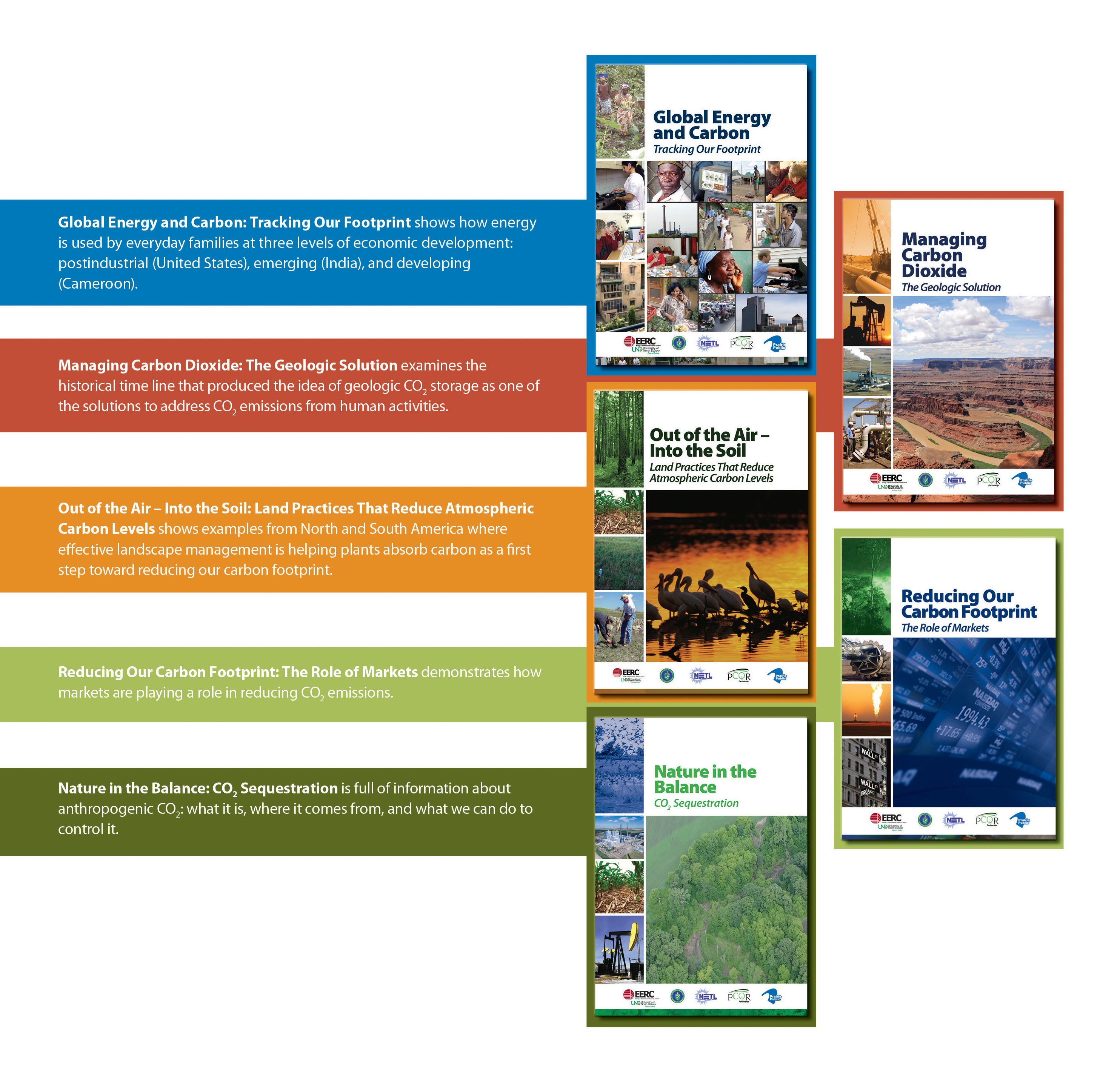Scale-Up to Phase II
Phase II of the Plains CO2 Reduction (PCOR) Partnership included four field tests, designed to develop local technical expertise and experience as a necessary prelude to future large-scale carbon dioxide (CO2) storage projects. Three of the tests targeted storage scenarios with the potential for existing commercial drivers to incentivize geological storage project deployment: enhanced oil recovery (EOR) opportunities for CO2 in the Williston Basin, acid gas in Alberta, and injection of CO2 and storage in unmineable coalbeds with attendant methane production. The fourth field test comprised an assessment of terrestrial storage through the restoration and maintenance of wetlands.
Moving from Phase I desk study activities to Phase II fieldwork created many interesting challenges and opportunities. The most important factor in the successful execution of the field tests was enjoying the active participation of PCOR Partnership partners. For example, at the Lignite (coal seam) field test, support from the North Dakota Industrial Commission facilitated drilling on state-owned land, while Schlumberger Carbon Services provided field support and cost share and Praxair supplied discounted CO2 for the injection. Carbon capture, utilization, and storage (CCUS) projects typically involve a range of organizations and professional skillsets, requiring extensive collaboration and effective communications.
Story of Interest
The Plains CO2 Reduction (PCOR) Partnership adopted a regional approach to outreach activities, exemplified during Phase II with the production of five filmed documentaries with Prairie Public Broadcasting (PPB), four of which premiered during Phase II:
- Nature in the Balance: CO2 Sequestration
- Reducing Our Carbon Footprint: The Role of Markets
- Out of the Air – Into the Soil: Land Practices that Reduce Atmospheric Carbon Levels
- Managing Carbon Dioxide: The Geologic Solution
- Global Energy and Carbon: Tracking Our Footprint (premiered in 2010 after the completion of Phase II)
The prestigious Platinum Best of Show Award, the highest honor of the Aurora Awards in the fall 2012 “Nature/Environment” category, was bestowed upon the PCOR Partnership for the “Global Energy and Carbon: Tracking Our Footprint” documentary. The award recognized the creativity, message effectiveness, and technical excellence of the production. Filmed on location in the PCOR Partnership region, India, and Cameroon, respectively, representing industrialized, emerging, and developing economic stages of energy use, the documentary showed the daily energy use and related carbon emissions of six families. The crucial context of the need for societies to maintain adequate and affordable energy supplies then framed an examination of realistic carbon management options. The University of North Dakota Energy & Environmental Research Center (EERC) Research Manager, Dan Daly, commented, “The hospitality and collaboration of our six families made this project possible – this award is about them as much as it is about the funding partners and the production team. We are honored.”
Regional Accomplishments
Covering the period from 2005 to 2009, Phase II of the Plains CO2 Reduction (PCOR) Partnership validated four scenarios for carbon dioxide (CO2) storage, previously identified in Phase I, through small-scale field tests. In addition, Phase II efforts continued to advance the regional assessment of CO2 storage potential.
Regional characterization during Phase II further defined the magnitude and distribution of both major stationary CO2 sources and potential storage opportunities. In addition to focused assessment of storage potential at selected localities in the Williston Basin of North Dakota, regional analysis extended to cover storage resources in Iowa. These activities contributed to two revisions of the PCOR Partnership Atlas during Phase II and provided content for the decision support system for partner organizations on the PCOR Partnership website. At the national level, PCOR Partnership data supported development of a U.S. Department of Energy (DOE) National Carbon Atlas and the accompanying National Carbon Sequestration Database and Geographic Information System (NATCARB) online version.
The preparation of permitting action plans for the Phase II field validation tests added value by allowing review and assessment of regulatory issues for carbon capture, utilization, and storage (CCUS) projects at both state/provincial and federal levels. Reviews of regional incentive schemes for greenhouse gas (GHG) mitigation and pipeline initiatives from the Interstate Oil and Gas Compact Commission provided extra context for consulting with partner organizations – culminating in a regulatory and policy workshop held in Deadwood, South Dakota, in June 2009.
Public outreach remained a focus in Phase II of the PCOR Partnership, with regional assessment and communications activities measurably increasing public awareness of CCUS technologies through dissemination of PCOR Partnership outreach products.
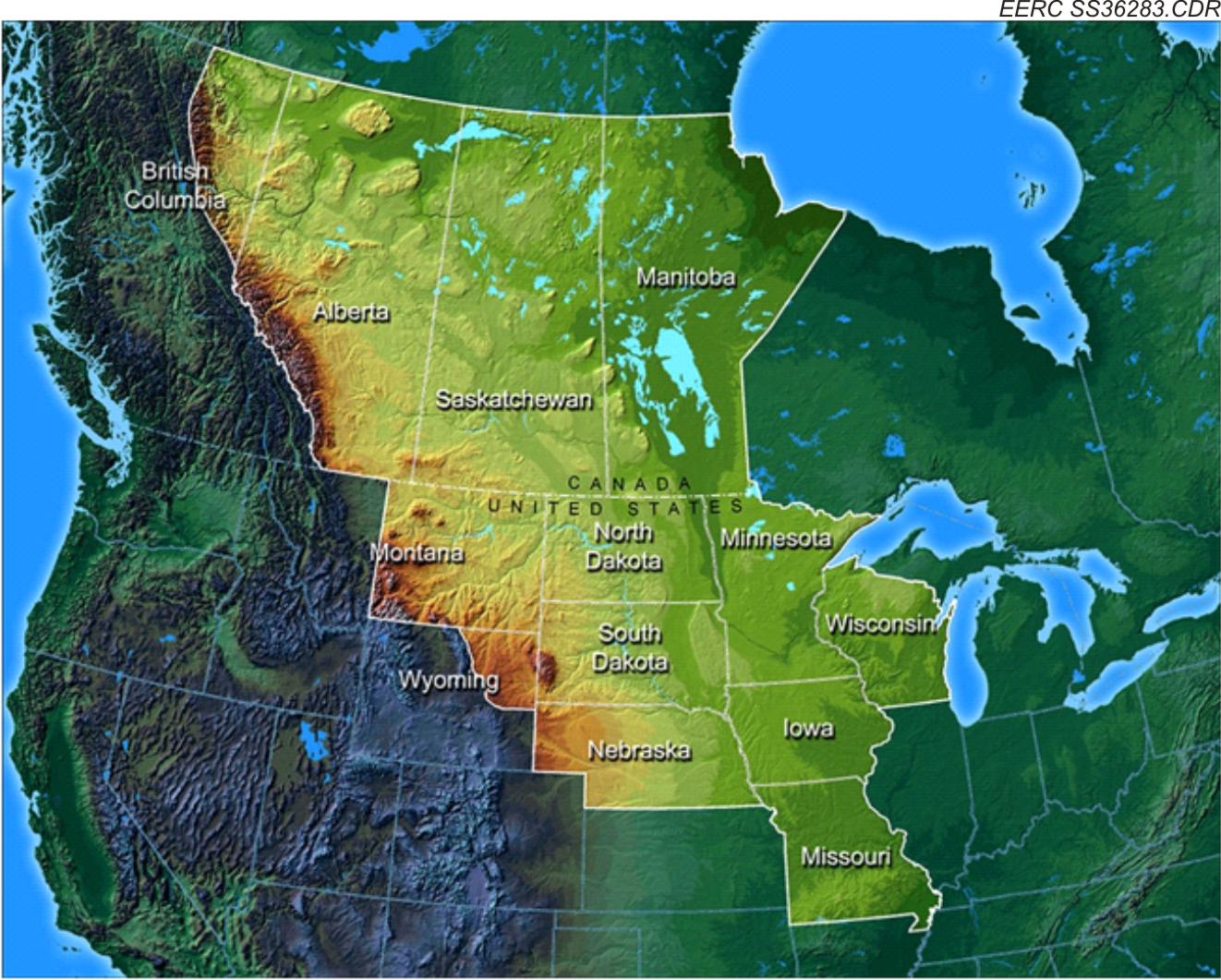
Research vs. Commercial
Two of the three Plains CO2 Reduction (PCOR) Partnership Phase II geological storage field tests (Lignite and Northwest [NW] McGregor) involved relatively small quantities of carbon dioxide (CO2), injected into controlled and closely monitored subsurface environments. With the emphasis on technical validation of a concept through detailed scientific evaluation, the design, financing, and execution of these tests was very different from commercial projects.
Success criteria for field tests typically focus on the acquisition of data/information necessary for technical assessment of a process or technology, whereas commercial operations require safe and cost-effective procedures to support a business. Commercial operations require appropriate monitoring and technical assessment to inform management strategies and satisfy regulatory requirements – but the level of effort is proportional to project and environmental risks. Financing of PCOR Partnership field tests depended on direct government funding, with the support of other partners.
The third geological storage test, at Zama, was distinct in that PCOR Partnership research centered on an existing commercial disposal project for acid gas. Nevertheless, similar arguments to those above still applied – the level of monitoring, modeling, and simulation work expended by the PCOR Partnership on Zama provided generic learnings for using CO2 and acid gas for enhanced oil recovery (EOR) with associated storage.
Partners

University of North Dakota Energy & Environmental Research Center (EERC)

Abengoa Bioenergy New Technologies

Air Products and Chemicals

Alberta Department of Energy

Alberta Energy Research Institute

ALLETE

Ameren Corporation

American Coalition for Clean Coal Electricity

American Lignite Energy (ALE)

Apache Canada Ltd.

Baker Hughes Oilfield Operations, Inc.

Basin Electric Power Cooperative

Bechtel Corporation

Biorecro AB

Blue Source, LLC

BNI Coal, Ltd.

British Columbia Ministry of Energy, Mines and Petroleum Resources

Carbozyme, Inc.

Center for Economic and Energy Development (CEED)

Chicago Climate Exchange

Computer Modelling Group, Inc.

Dakota Gasification Company

Ducks Unlimited Canada

Ducks Unlimited, Inc.

Eagle Operating, Inc.

Eastern Iowa Community College District

Enbridge Inc.

Encore Acquisition Company

Energy Resources Conservation Board/Alberta Geological Survey

Environment Canada

Excelsior Energy Inc.

Fischer Oil and Gas, Inc.

Great Northern Project Development, LP
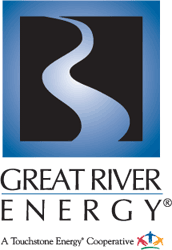
Great River Energy

Hess Corporation

Huntsman Corporation

Interstate Oil and Gas Compact Commission

Iowa Department of Natural Resources – Geological Survey

Kiewit Mining Group Inc.

Lignite Energy Council

Manitoba Geological Survey

Manitoba Hydro

Marathon Oil Company

MEG Energy Corporation

Melzer Consulting

Minnesota Pollution Control Agency

Minnesota Power

Minnkota Power Cooperative, Inc.

Missouri Department of Natural Resources

Missouri River Energy Services

Montana–Dakota Utilities Co.

Montana Department of Environmental Quality

Montana Public Service Commission

Murex Petroleum Corporation

National Commission on Energy Policy

Natural Resources Canada

Nebraska Public Power District

Nexant, Inc.

North American Coal Corporation

North Dakota Department of Commerce Division of Community Services

North Dakota Department of Health

North Dakota Geological Survey

North Dakota Industrial Commission Department of Mineral Resources, Oil and Gas Division

North Dakota Industrial Commission Lignite Research, Development and Marketing Program

North Dakota Industrial Commission Oil and Gas Research Council

North Dakota Natural Resources Trust

North Dakota Petroleum Council

North Dakota State University

Otter Tail Power Company

Oxand Risk & Project Management Solutions

Petroleum Technology Research Centre

Petroleum Technology Transfer Council

Prairie Public Broadcasting

Pratt & Whitney Rocketdyne, Inc.

Ramgen Power Systems, Inc.

RPS Energy Canada Ltd. – APA Petroleum Engineering Inc.

Saskatchewan Industry and Resources

SaskPower

Schlumberger

Shell Canada Energy

Spectra Energy

Strategic West Energy Ltd.

Suncor Energy Inc.

TAQA NORTH, Ltd.

Tesoro Refinery (Mandan)

TGS Geological Products and Services

University of Alberta

University of Regina

U.S. Geological Survey Northern Prairie Wildlife Research Center

Weatherford Advanced Geotechnology

Western Governors’ Association

Westmoreland Coal Company

Wisconsin Department of Agriculture, Trade and Consumer Protection

Xcel Energy




